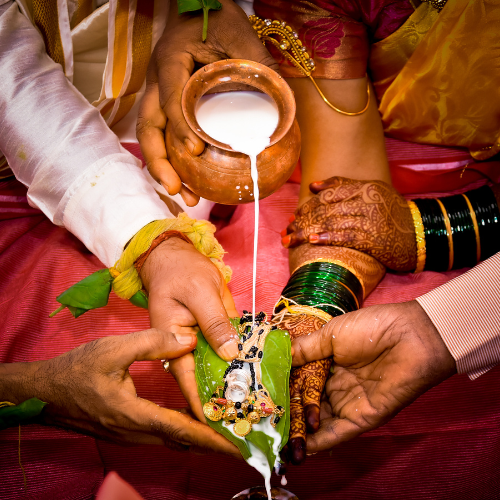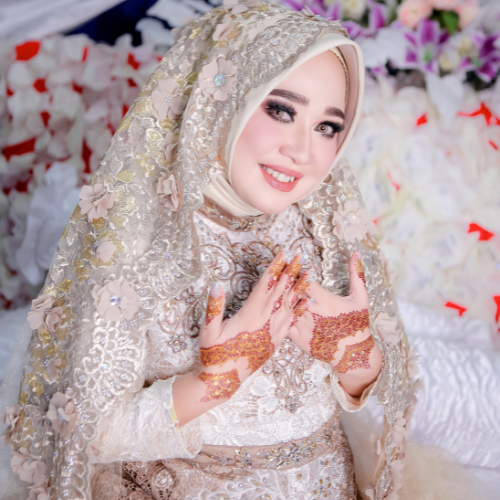What is Section 7 in Hindu Marriage Act,1955
Section 7 of the Hindu Marriage Act, 1955 lays down the conditions for a valid Hindu marriage. This section is an essential provision of the Act as it defines the eligibility criteria for a marriage between two Hindu parties. In this article, we will take a closer look at the different conditions specified in Section 7 of the Act.
what is section 7a of Hindu marriage act 1955
Section 7A is a special amendment which is applicable only to the states of Pondicherry and Tamil Nadu which recognizes the different rituals undertaken in those states. It as inserted by Tamil Nadu government in 1968. It was the state of Tamil Nadu which legalised the Suyamariyathai marriages, which simplified conducting of marriages without Brahmin priests and the couple going seven steps around the fire

Condition 1: Both parties must be Hindu
The first condition laid down in Section 7 of the Hindu Marriage Act is that both parties involved in the marriage must be Hindus. The term “Hindu” is defined broadly in the Act and includes persons who are Hindus, Buddhists, Jains or Sikhs by religion. This means that a marriage can be solemnized between two individuals belonging to any of these religions. Also, The marriage should be solemnized in accordance with the customary rites and ceremonies of either party’s religion. The marriage would not be considered valid under the Act if a Hindu marriage is not performed according to the customary rites and ceremonies of either party’s religion,.
Condition 2: Neither party should have a spouse living
The second condition in Section 7 is that neither party should have a spouse living at the time of the marriage. This means that if a person is already married, he or she cannot enter into another marriage while the first marriage is still subsisting. This condition is important as it ensures that a person cannot be married to more than one person at the same time.For example, if a man who is already married marries another woman, the second marriage would be considered void under the Act.
Condition 3: Both parties should be competent to marry
The third condition in Section 7 is that both parties should be competent to enter into a marriage contract. This means that they should be of sound mind and should not suffer from any mental or physical condition that would render them incapable of understanding the nature of the marriage contract or of fulfilling the obligations that arise from it. Parties getting into marriage should be competent to give their consent. For example, if a person is forced or coerced into marrying against their will, the marriage would be considered voidable under the Act. Another example, if a person is suffering from a mental illness that prevents them from understanding the nature and consequences of marriage, the marriage would be considered voidable under the Act
Condition 4: The parties should not be within the prohibited degrees of relationship
The fourth condition in Section 7 is that the parties should not be within the degrees of prohibited relationship. The Act specifies certain degrees of relationship within which marriage is prohibited. For example, a marriage between siblings, between a parent and a child, or between a grandparent and a grandchild is prohibited.Another example is if a man marries his sister, the marriage would be considered void under the Act.
Condition 5: The parties should be of marriageable age
The fifth and final condition in Section 7 is that the parties should be of marriageable age. The Act specifies that the bridegroom should be at least 21 years old and the bride should be at least 18 years old. This condition is important as it ensures that the parties involved in the marriage are mature enough to understand the nature of the marriage contract and to fulfill the obligations that arise from it.For example, if a 20-year-old man marries a 17-year-old girl, the marriage would not be considered valid under the Act.
Conclusion
In conclusion, Section 7 of the Hindu Marriage Act establishes the necessary elements for a lawful Hindu marriage. These prerequisites ensure that the marriage is entered into by two legally qualified persons and that it is free of any legal or moral barriers. Before entering into a marriage contract, it is critical for parties considering a Hindu marriage to understand these conditions and ensure that they are met.
If above mentioned five conditions of Section 7 are met, the parties involved may enter into a Hindu marriage. It is important to note that failure to meet any of these requirements may result in the marriage being declared null and void.
FAQ
What is the difference between Section 7 and Section 7A?
Section 7 gives general requirements for a valid Hindu marriage, conditions include age, consent, mental health, the absence of banned connections, and compliance with customary rites and ceremonies.m Section 7 is applicable to the entire country and is applicable for all Hindu marriages.
Section 7A, on the other hand, is a specific provision that applies only to states of Tamil Nadu and Puducherry. Section 7A allows marriages in Tamil Nadu and Puducherry to be legitimate even if they do not follow the conventional rituals and ceremonies mentioned in Section 7. It is a specific clause that recognises and protects the unique customs and practises of Tamil Nadu and Puducherry.

